Last updated on March 14, 2024
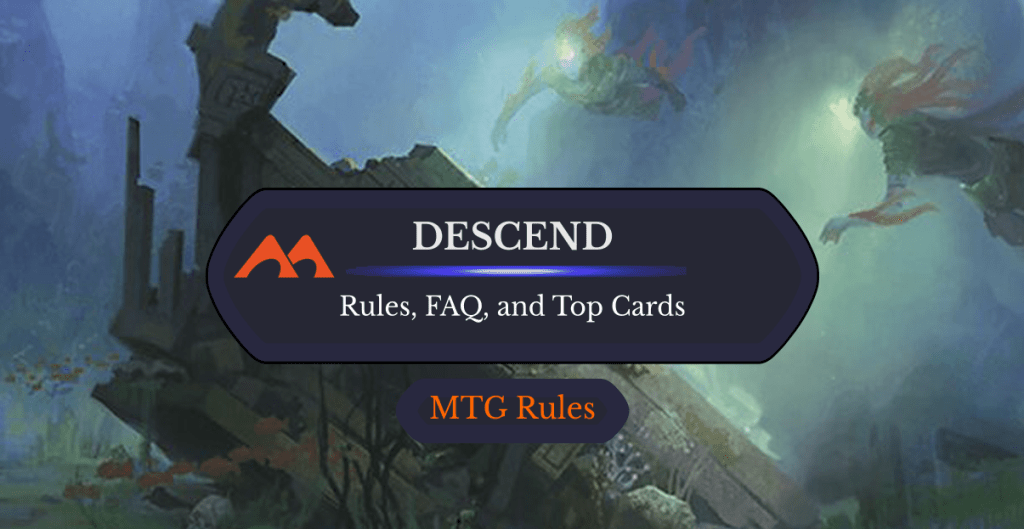
Waterlogged Hulk | Illustration by Artur Treffner
Descend and its related mechanics (descended, descend X, and fathomless descent) are some of the new abilities introduced to Magic: The Gathering in its latest set, The Lost Caverns of Ixalan (LCI).
As a heads-up: These three descend-related mechanics are a bit complicated. They are closely related, but sometimes differ in striking ways. And to make matters a tad more confusing, two of these mechanics are ability words, meaning that their cards are connected thematically but they don't have cohesive, universal rulings.
But fear not! Let's grab our lamps, head for the caves, and dive into this fathomless descent head on.
How Does Descend Work?
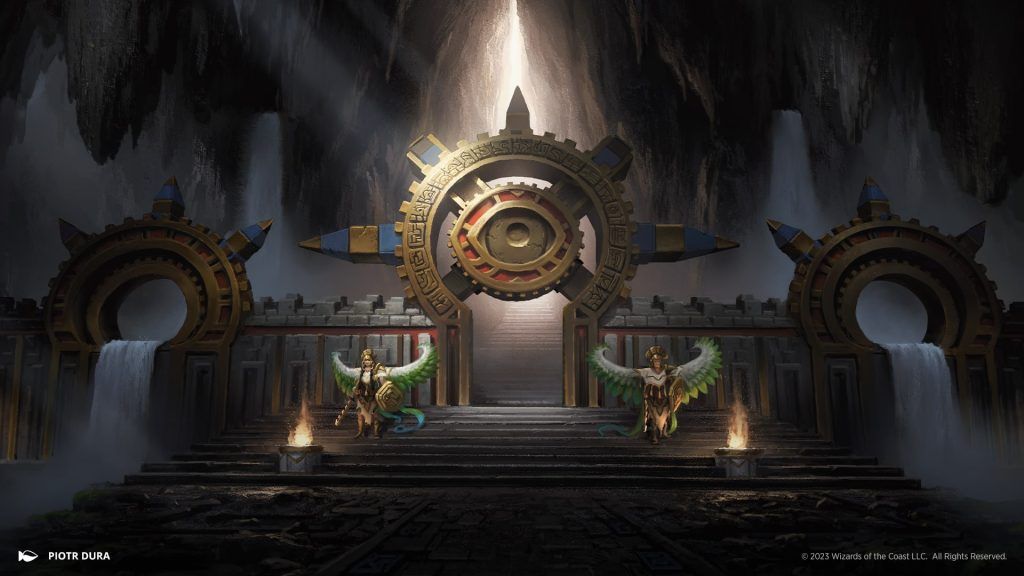
Matzalantli, the Great Door | Illustration by Piotr Dura
In MTG, descend is the in-game action of putting a permanent card into your graveyard from anywhere.
It doesn't matter how the permanent card arrives at the graveyard, or where it comes from: Discarding, milling, surveilling, or a land being destroyed are all descend events as long as the permanent card gets to the graveyard.
Descend only cares about permanent cards, though. Tokens don't count (tokens aren’t cards), and neither do instants or sorceries (they’re not permanents).
As detailed in WotC's “The Lost Caverns of Ixalan Mechanics” article, descend is connected with three closely related mechanics:
- Descended,
- Descend X, and
- Fathomless Descent.
Descended is a keyword action on cards that asks: “Have you put permanent cards into your graveyard this turn?”
Some cards, like Molten Collapse, just care about you having descended this turn, no matter how many times. Others, like The Mycotyrant, care about the number of times you’ve descended.
For descended, it doesn't matter if the card is still in the graveyard – all that descended cares about is that, at some point during the turn, the permanent card(s) went to the graveyard. What happened to them afterwards is irrelevant.
Descend X is an ability word that cares about you having at least X permanent cards in your graveyard. Descend 4 and descend 8 are the only numbers used in LCI.
The Ancient One, for example, can only attack or block if you have eight or more permanent cards in your graveyard.
Note that, unlike descended, descend X very much cares about cards staying in the graveyard. If you have four permanent cards in your graveyard, your Basking Capybara will get a +3/+0 buff. But if one of those cards leaves the graveyard then your Capybara's buff will be “turned off,” so to speak.
Fathomless Descent is a similar ability word, but it scales with the number of permanent cards in your graveyard. Souls of the Lost, for example, gets bigger the more crowded your graveyard is.
The History of Descend in MTG
The descend abilities were introduced to Magic in 2023’s The Lost Caverns of Ixalan. I was quite puzzled when I heard about the descend mechanics, since they are very close to the threshold mechanic from the Odyssey, Torment, and Judgment sets…
… and, as admitted by MTG's head designer Mark Rosewater, threshold ended up being too confusing for players because they had to keep track of too much stuff.
In particular, one of threshold's problems was that threshold abilities could be turned “on” and “off” in the middle of combat, or while on the stack. What's more: In a 2009 article, Rosewater mentions that one of Odyssey's mistakes was that he made players have to care about something they didn't want to care about.
But it looks like the MTG designers want a rematch, and I'm all here for it! In an article about the descent mechanic, Rosewater explicitly says that descend is a riff on threshold. In The Lost Caverns of Ixalan, they went with three different ways to do it:
- Descend as a locked number (the “descend X” ability word),
- Descend as a scaling effect (the “fathomless descent” ability word), and
- Descend as an event (the “descended” keyword action).
They also focused descent on permanents, whereas threshold cares about all types of cards in your graveyard.
Is Descend an Activated Ability?
No, but it could be. I mean, it's… complicated, so let's descend into the details!
“Descend” is a rules term. It just makes reference to permanent cards going to your graveyard.
“Descended” is a mechanic that cares about permanent cards going to your graveyard this turn. It’s not inherently an activated ability, but could be part of an activated ability, for example as part of its restrictions (“Pay X, do this; activate only if you've descended this turn”).
Descend X or fathomless descent, on the other hand, are ability words – these are a way for devs to let us know that cards with those ability words have a thematic connection, but each card handles things on a case-by-case basis. There’s no universal ruling for ability words, so we can't make universal statements about them.
Most descend X cards printed in The Lost Caverns of Ixalan are not activated abilities…
… but then we have Uchbenbak, the Great Mistake with an activated ability in its descend 8 ability word.
In short: We can’t make blanket statements with ability words – we have to look at each card and see what they do.
Is Descend a Triggered Ability?
We have a similar (complicated!) scenario as with activated abilities, so let's check each case.
Descended may be part of a triggered ability, usually as a conditional (“At the beginning of your end step, if you descended this turn…”). But descended is not itself a triggered ability.
To repeat, descend X and fathomless descent are ability words – we can't make blanket statements and we need to look at each card to see what they do.
For triggered abilities, the key words we're looking for are “At,” “When,” or “Whenever”.
Basking Capybara or The Ancient One don't use “At/When/Whenever” in their rules text, so they don't have triggered abilities. These are just static effects that are either “on” or “off”, and don't use the stack.
Starving Revenant or Coati Scavenger, on the other hand, have “When” and “Whenever” right there. Coati Scavenger is a textbook enter-the-battlefield trigger. And Starving Revenant‘s descend 8 ability will ping foes whenever you draw a card – another textbook triggered ability.
Is Descend a Static Ability?
Please check the above sections about triggered and activated abilities for details, but in a nutshell:
- Descend and descended: Nope, they may be part of the rules text of a static ability, but they are not themselves static abilities.
- Descend X and fathomless descent: They’re ability words, so they don't have universal rulings. Some descend X abilities (like Basking Capybara) are static abilities; others can be triggered and/or activated abilities.
Descend 4 / 8 vs Descended
Descended is a mechanic that cares about whether you've put permanent cards in your graveyard this turn. Descended doesn’t care about what happened in previous turns, how many cards your graveyard has, nor what happens to the cards after they reach your graveyard.
And if somebody exiles your graveyard, descended just shrugs and says, “Who the cave cares?”
Descend X cares about the total number of permanent cards in your graveyard. It doesn't care about when they got there, and (like descended) it doesn't care about how. But descend X does care about the cards staying there – if somebody exiles your graveyard then X becomes zero, and that makes descend X cards really sad.
Does Discard or Mill Count as Descending?
Yes they do, as long as you mill or discard permanents – sorceries and instants don't count for descending.
Anything you do that puts permanent cards into your graveyard (surveilling, for example) counts as descending.
Do Tokens Dying Count as Descending?
Nope. Tokens don't count. Only permanent cards count as descending.
What if You Exile a Graveyard in Response to Descend?
If the descend X ability is a static ability, exiling the graveyard will turn it off. The Ancient One won't be able to attack or block.
If the descend X ability is a triggered ability with a conditional clause (“if this happens, do that”), you can prevent the ability's resolution with graveyard hate before it resolves. If The Everflowing Well triggers during the upkeep and its descend 8 ability is put on the stack, you can respond by exiling the graveyard; when the Well's ability tries to resolve, it will check again for the “if” clause and, since the graveyard is now empty, the ability will fizzle.
Does Descend Use the Stack?
Descended doesn't use the stack; it's just a game action.
Descend X or fathomless descent are ability words, so each card will handle things differently. In some cases they’re static abilities and won't use the stack; in other cases they’re an activated or triggered ability, and in those cases they do use the stack.
Gallery and List of Descend Cards
At the moment of writing, there are 35 cards with either descend X, fathomless descent, or that check if you've descended this turn.
Here are the 6 fathomless descent cards:
- Song of Stupefaction
- Chupacabra Echo
- Souls of the Lost
- Terror Tide
- Squirming Emergence
- Matzalantli, the Great Door / The Core
Here are the 17 descend X cards:
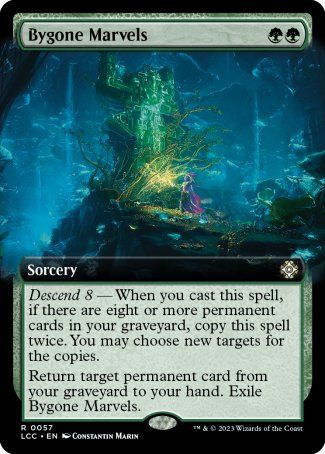
- Council of Echoes
- Didact Echo
- The Everflowing Well / The Myriad Pools
- Frilled Cave-Wurm
- Waterlogged Hulk / Watertight Gondola
- Echo of Dusk
- Join the Dead
- Starving Revenant
- Stinging Cave Crawler
- Basking Capybara
- Coati Scavenger
- Malamet Veteran
- Akawalli, the Seething Tower
- The Ancient One
- Uchbenbak, the Great Mistake
- Wail of the Forgotten
- Bygone Marvels
Here are the 12 cards that check if you've descended this turn:
- Ruin-Lurker Bat
- Broodrage Mycoid
- Canonized in Blood
- Corpses of the Lost
- Deep Goblin Skulltaker
- Stalactite Stalker
- Brass's Tunnel-Grinder / Tecutlan, the Searing Rift
- Child of the Volcano
- Enterprising Scallywag
- Molten Collapse
- The Mycotyrant
- Zoyowa Lava-Tongue
Best Descend Cards
The Ancient One
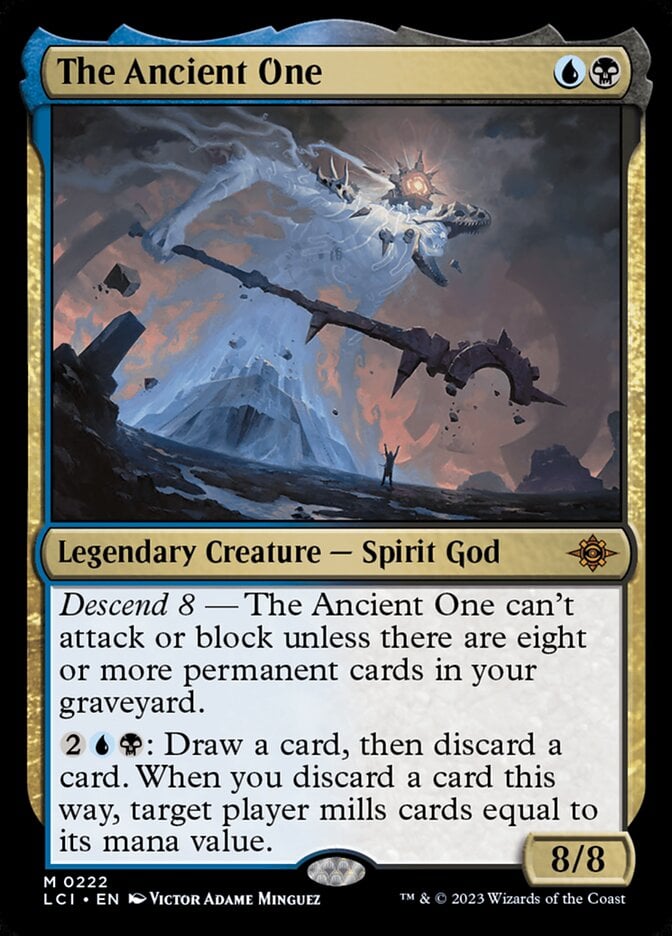
I'll just follow the money in this case: The Ancient One is the most expensive card in the descend theme by a wide margin.
The Ancient One does look like you'll be able to attack with it a couple of turns after you play it, and Dimir () does like milling foes so I'm willing to think people are on the money here.
Matzalantli, the Great Door / The Core
Colorless looting is very infrequent, and free colorless looting all the more so. That by itself makes Matzalantli, The Great Door an interesting card.
Flipping it seems like it’ll require some hoops to be jumped, though. It's easy to build a deck with four different types of permanents; having each of them be common enough to get to The Core quickly is a much bigger ask.
But holy caves, Batman! That's a lot of mana as a payoff!
Terror Tide
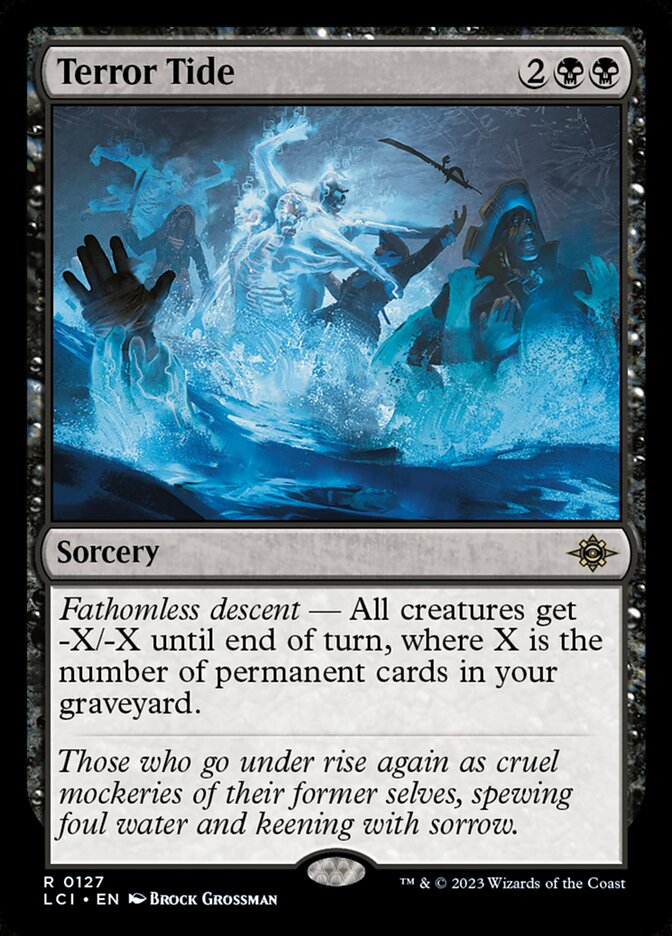
Esper decks with Raffine, Scheming Seer and Sheoldred, the Apocalypse are running rampant in Standard right now. With a couple of permanents in your graveyard (which Raffine will help you with, if your opponent’s not willing to oblige), Terror Tide will wipe a board of weenies while leaving Sheoldred and Raffine alive… looks like aggro won't have a happy LCI season, I would say!
Molten Collapse
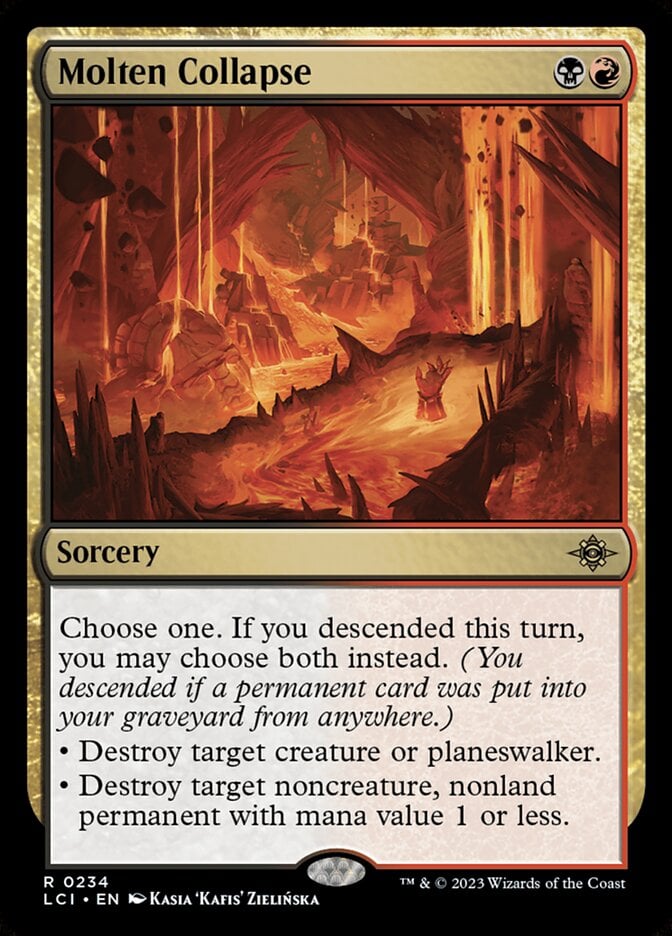
Dreadbore is a 1-of in Pioneer Rakdos () decks, and not too shabby in Commander – Molten Collapse is strictly better so yep, this one will see play.
Bottom Line
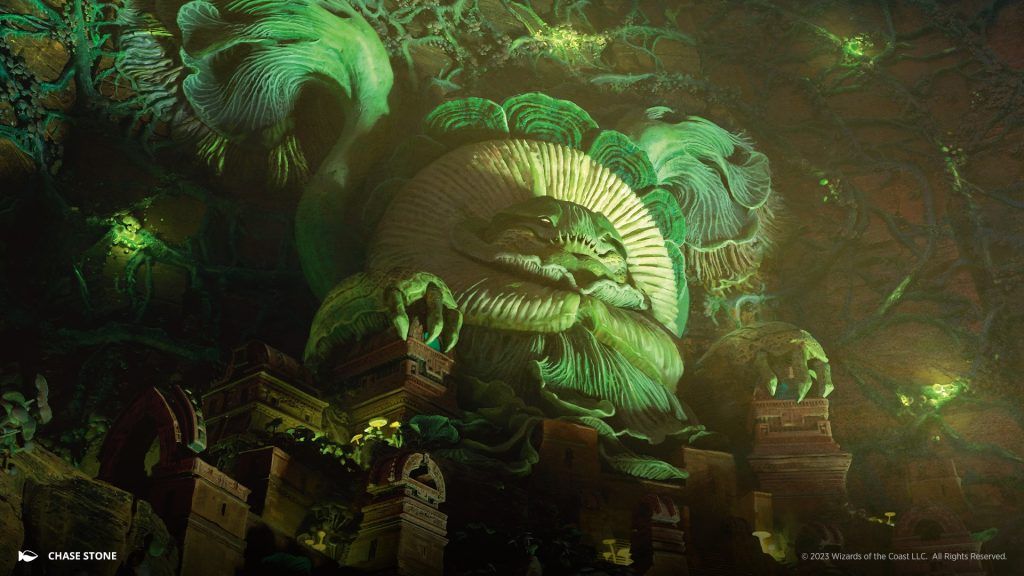
The Mycotyrant | Illustration by Chase Stone
Time to descend to the bottom line of this deep dive!
I'm intrigued by how these mechanics will pan out since descend was explicitly inspired by threshold, and threshold was not a well-received mechanic.
On the other hand, threshold (and the Odyssey block as a whole) was responsible for making the graveyard a crucial resource in Magic. Perhaps both the designers and us players are a lot more used to it now, and we'll be able to fathom these graveyard interactions this time.
I hope you've enjoyed this mechanical deep dive, and if you have comments or questions please drop a comment below, stop by the Draftsim Discord for a chat, or ping me on the social network formerly known as Twitter.
And happy Spelunking!
Follow Draftsim for awesome articles and set updates: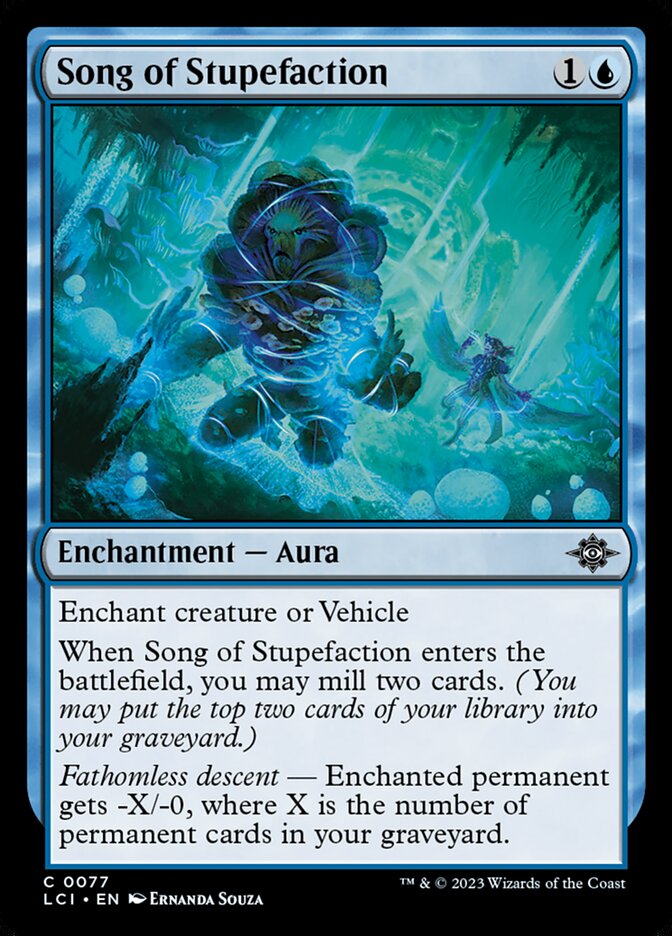
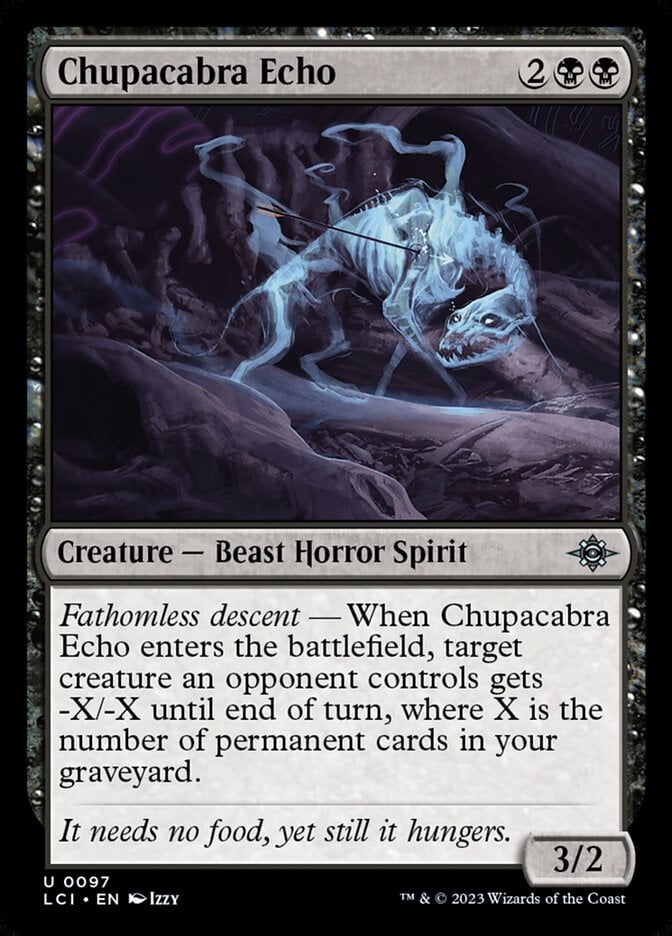
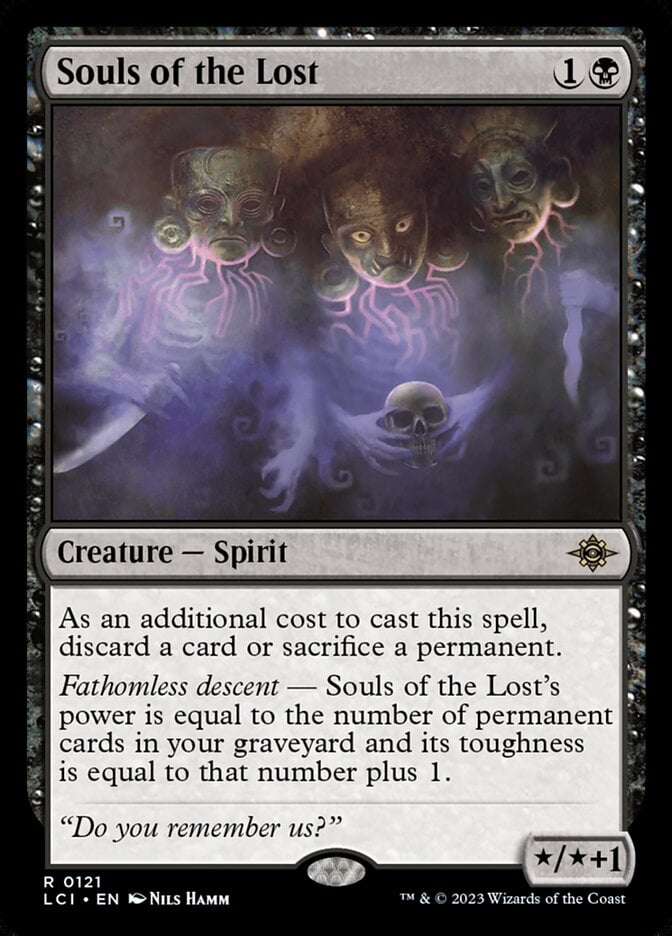
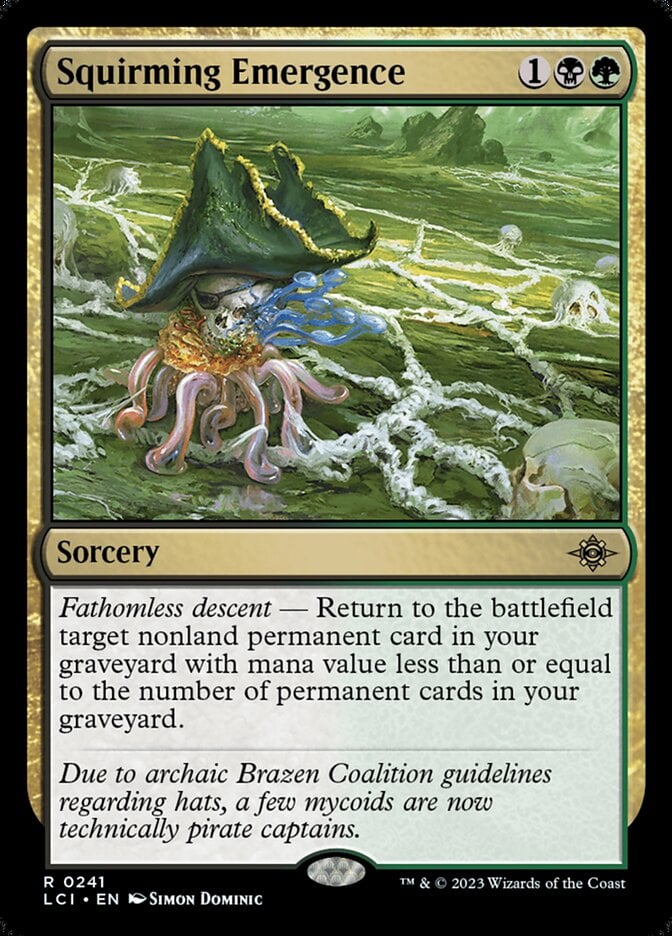


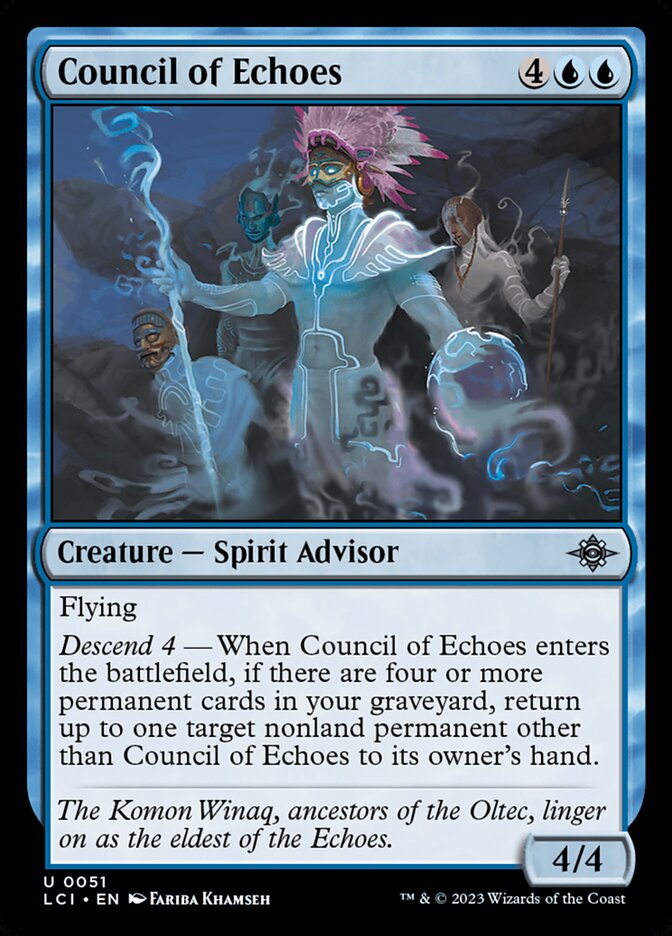
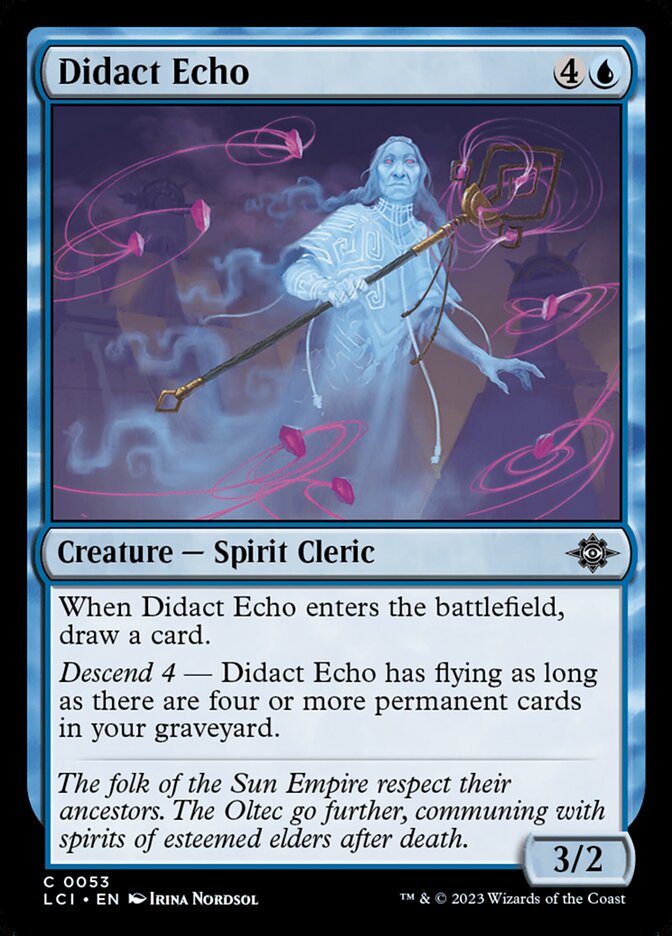


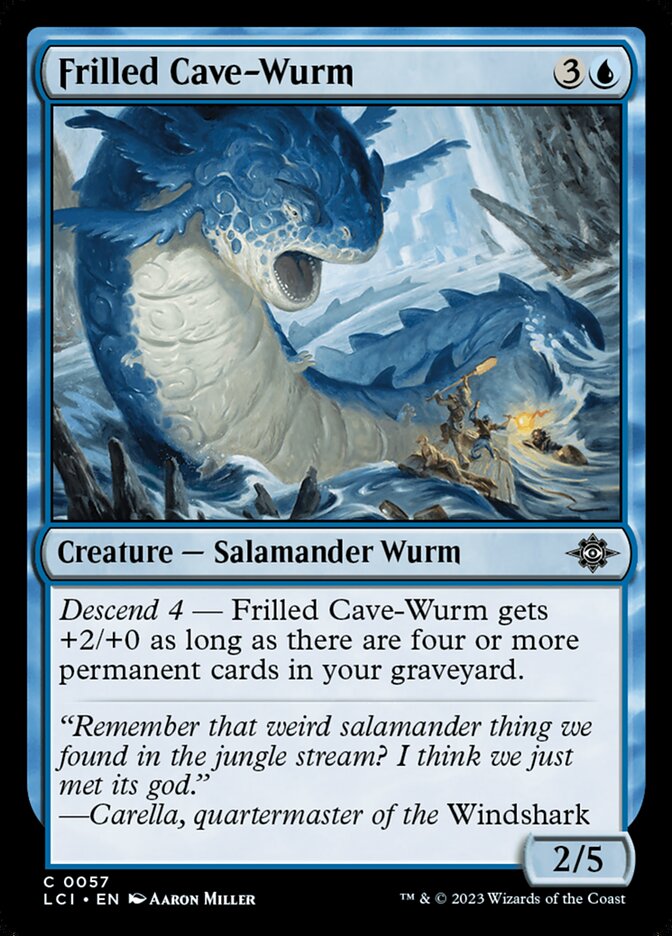
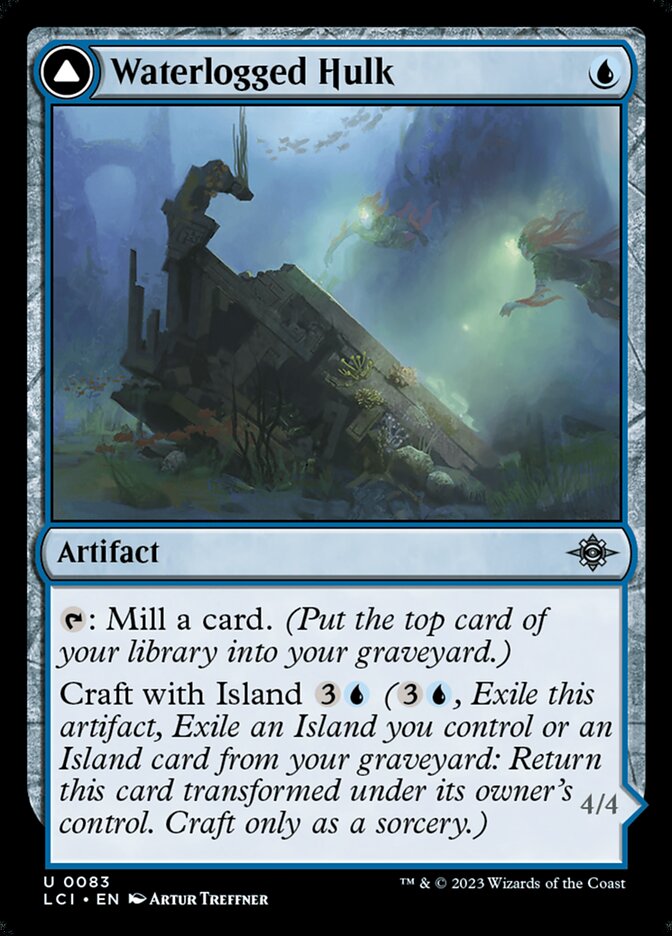

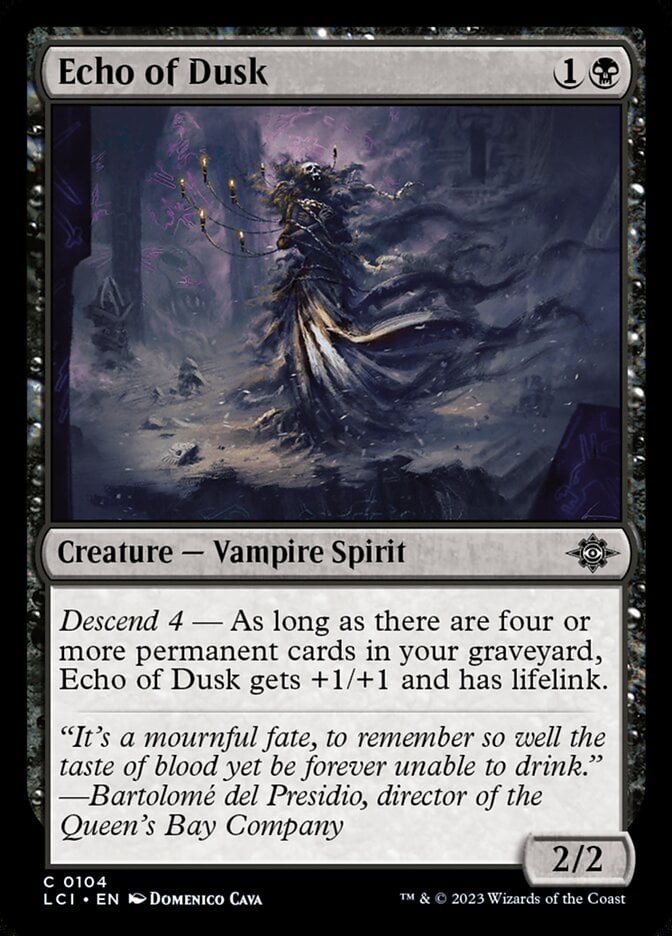

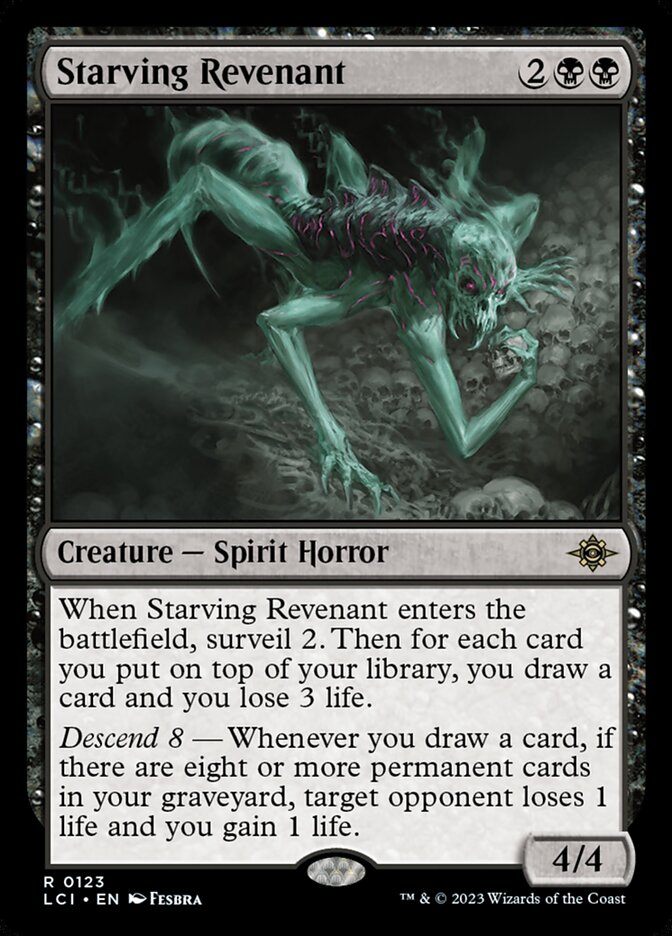
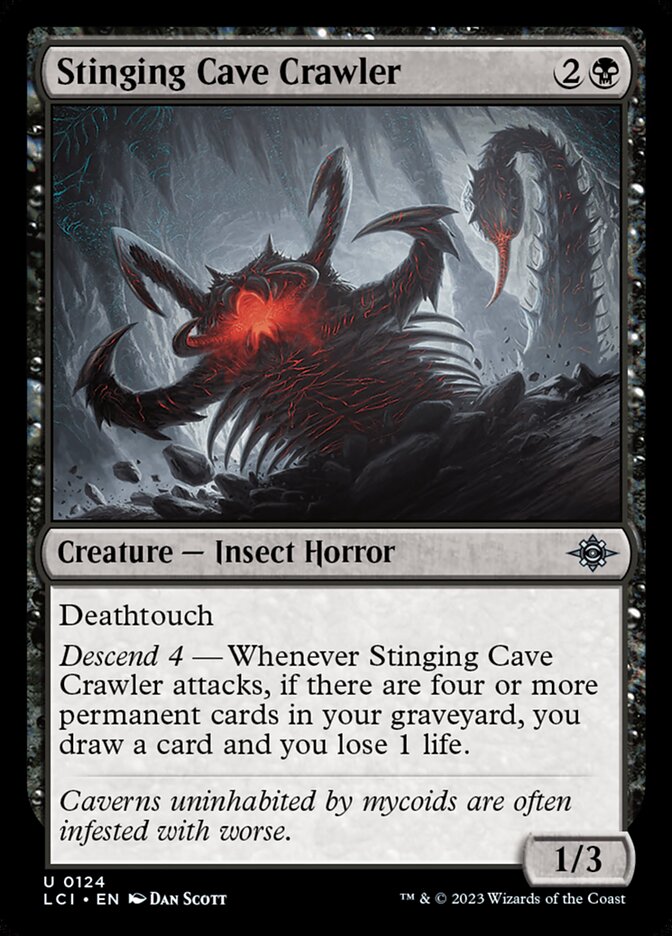
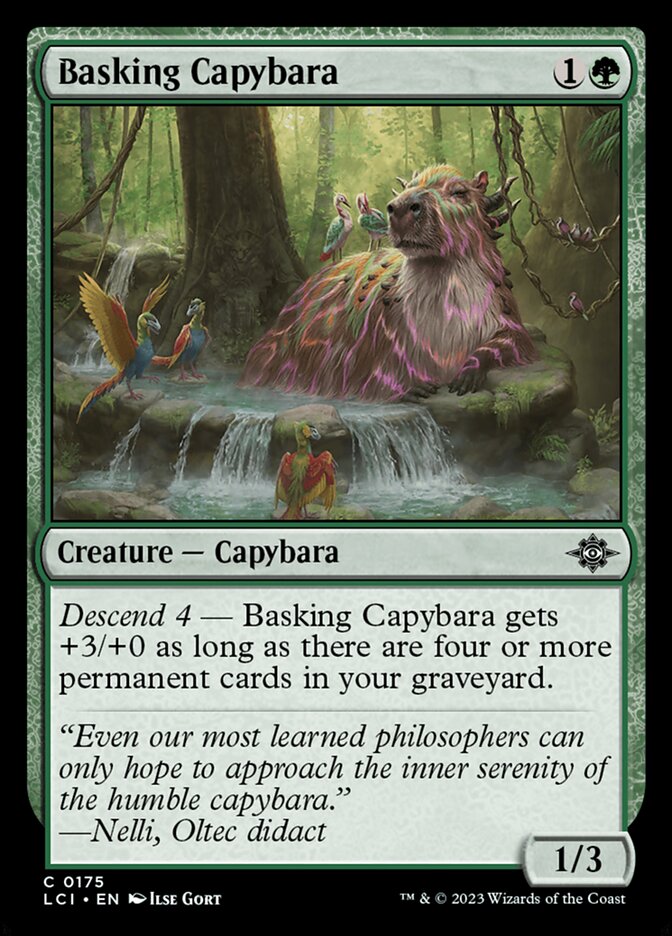
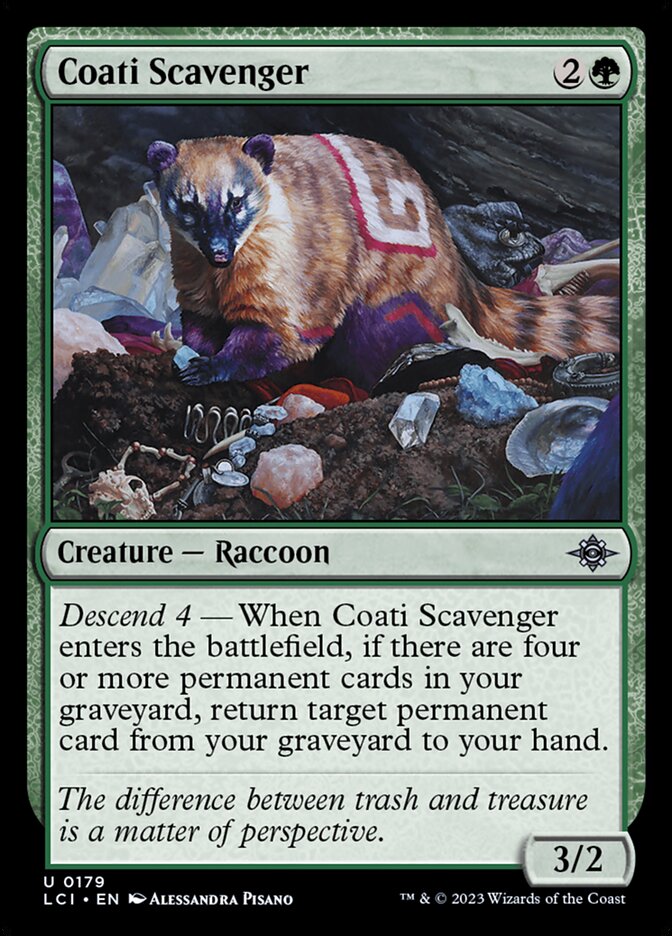
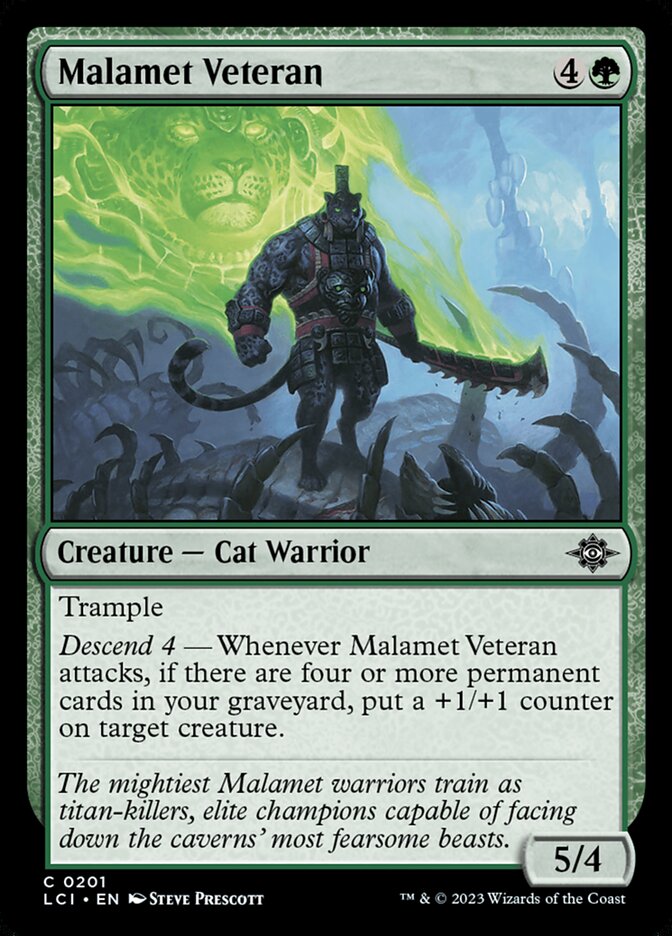

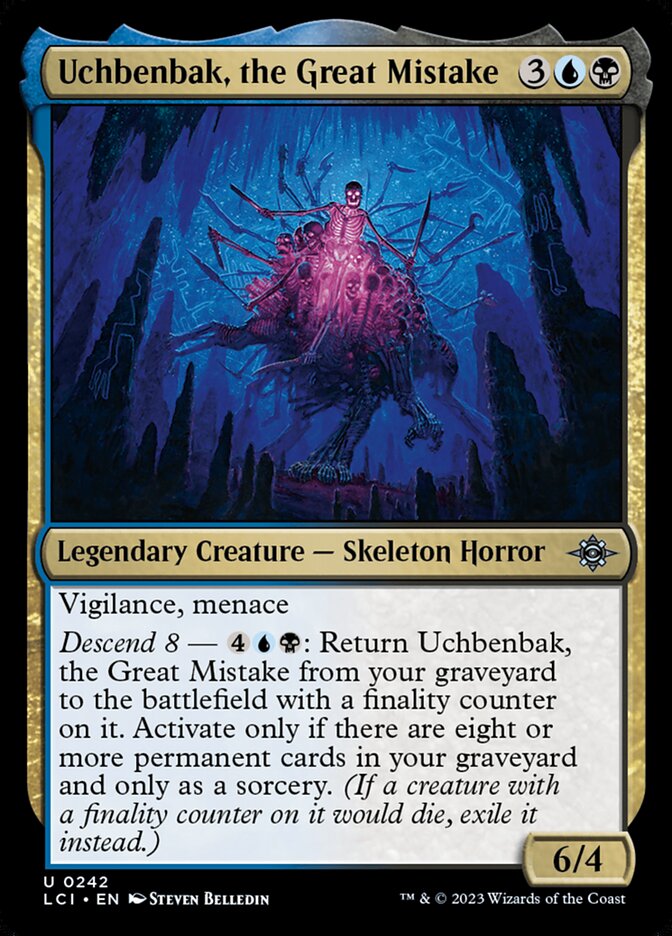

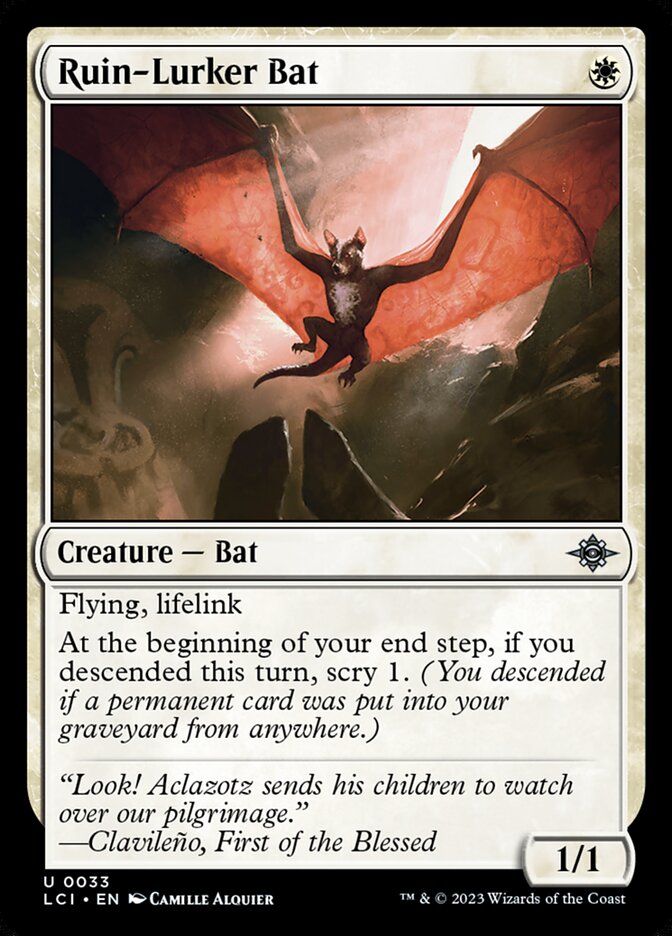
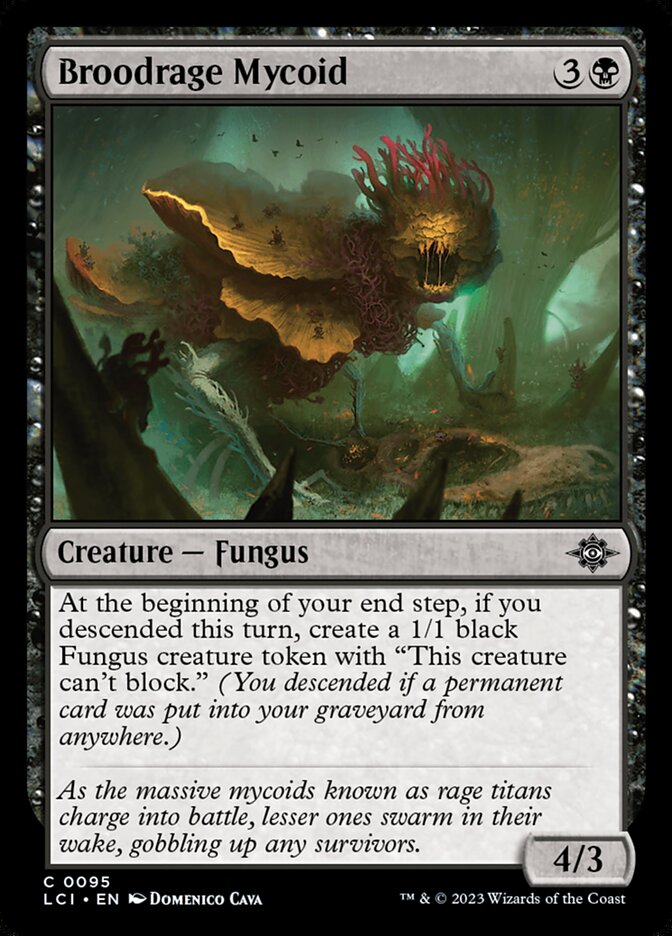
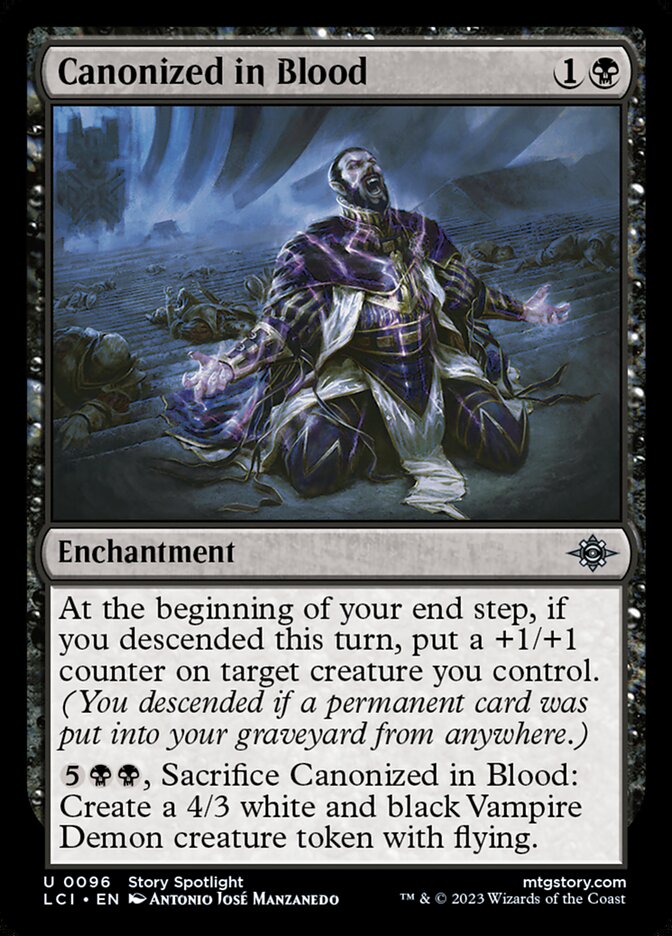

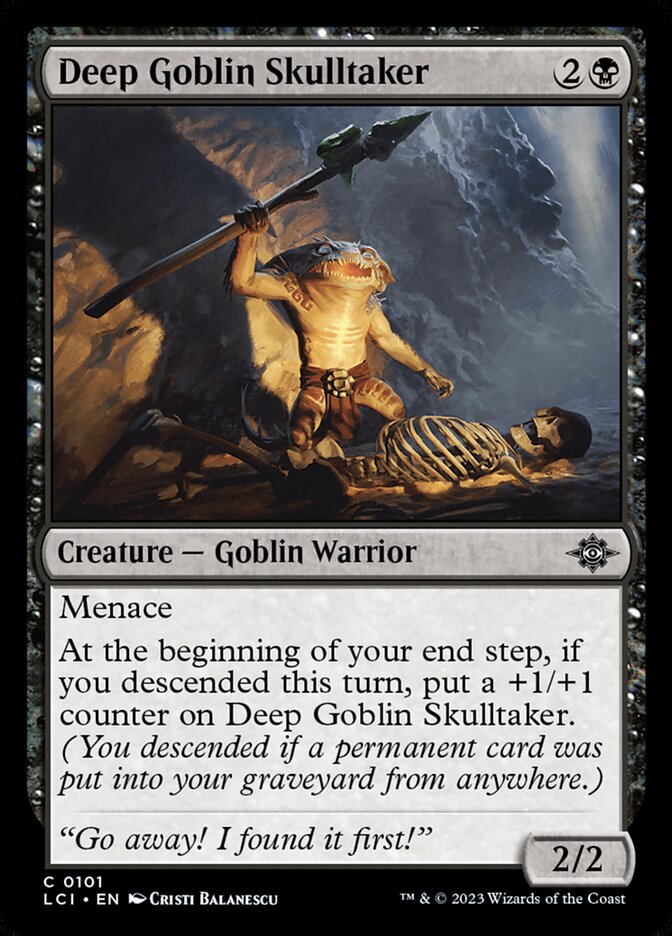


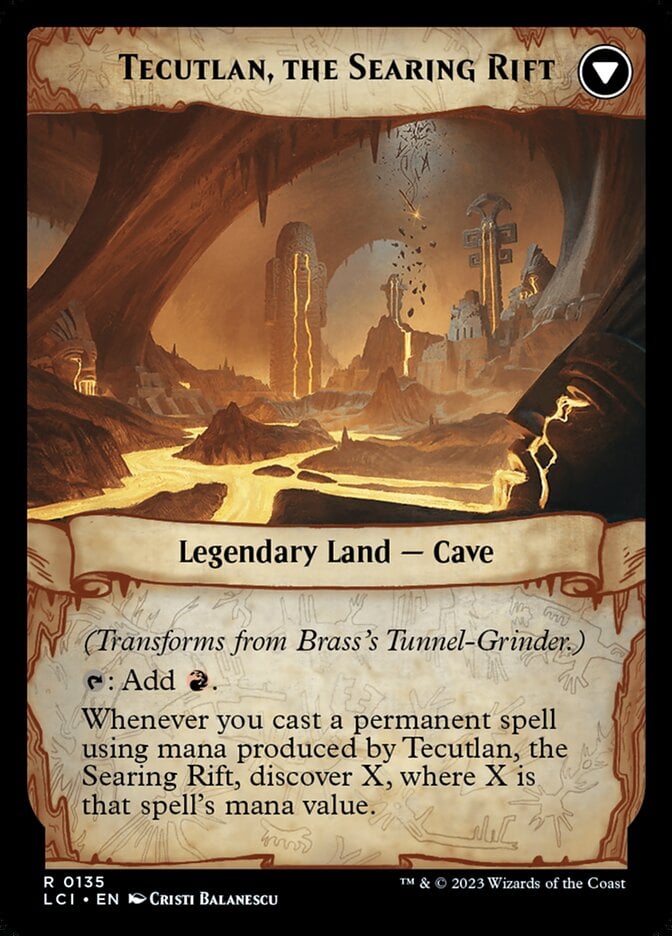


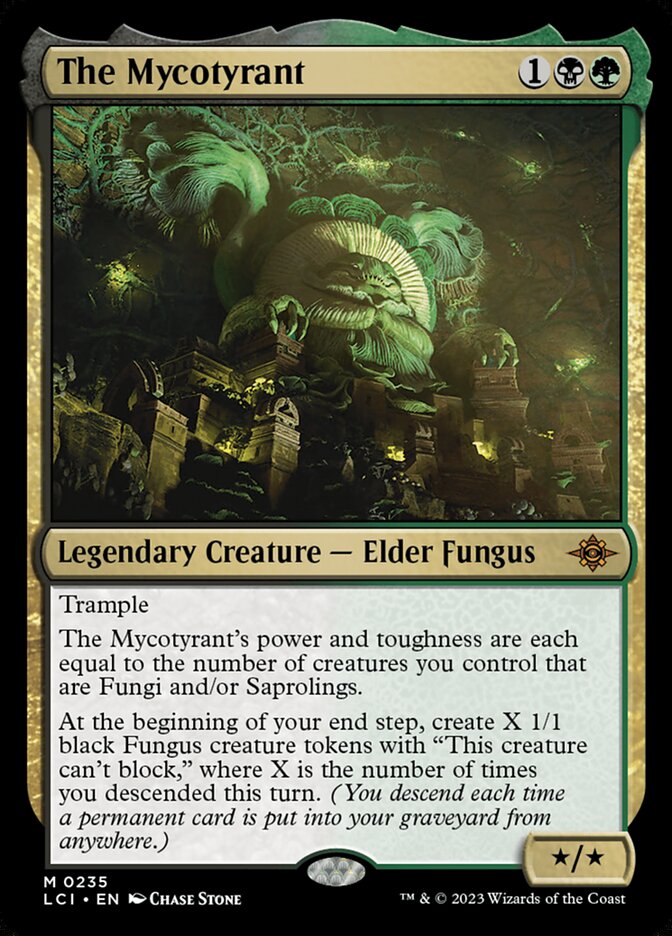
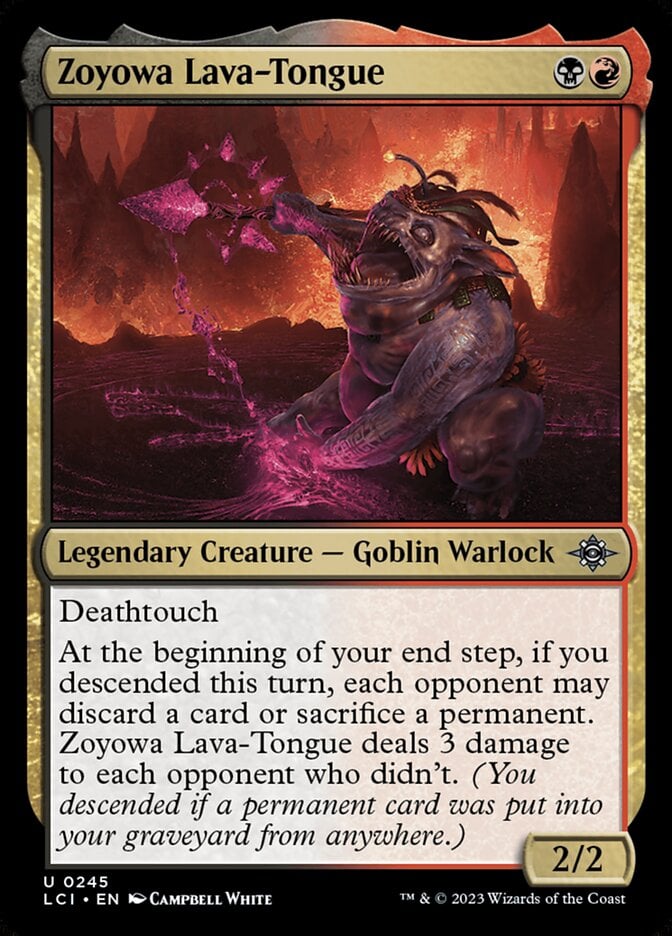

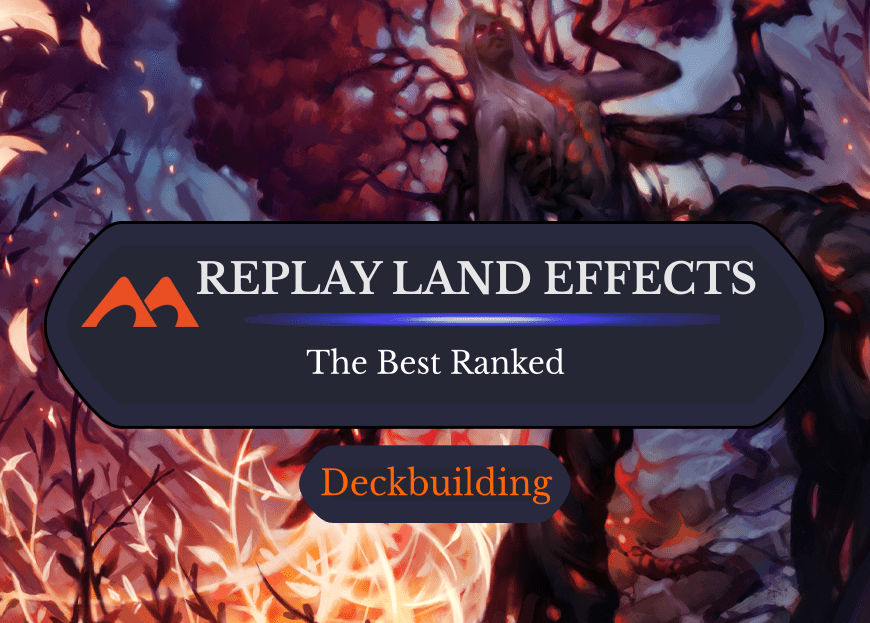
Add Comment